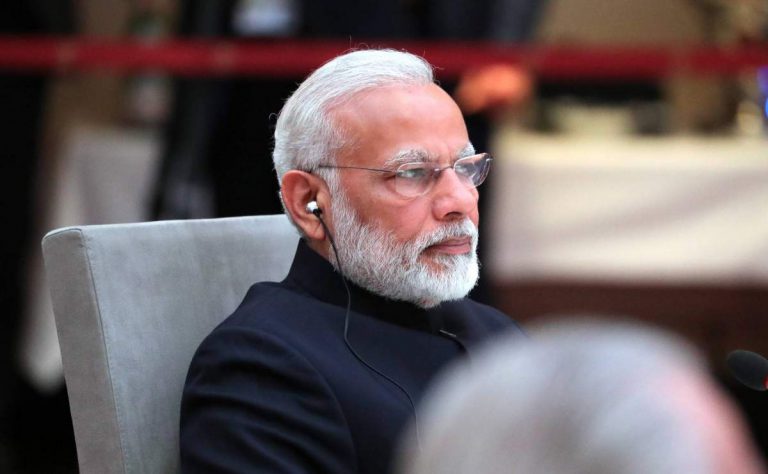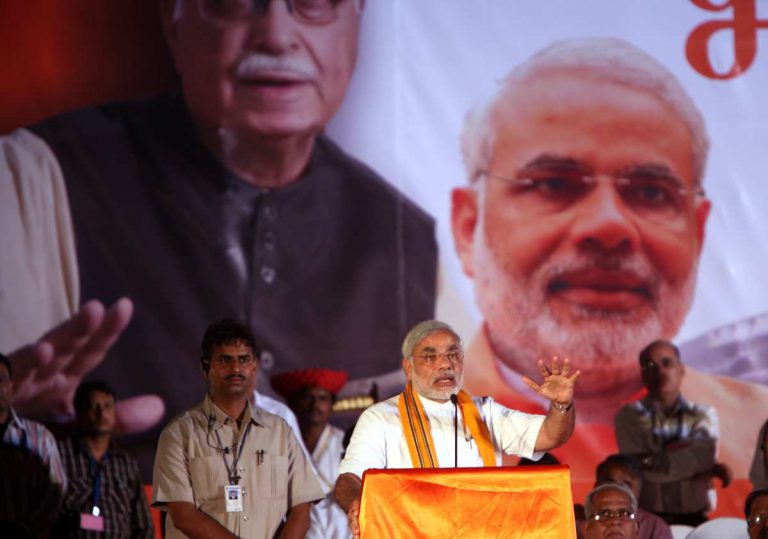Sinking Public Discourse in the Indian Election 2024

As India concludes its 2024 general elections, the public discourse on social media platforms has become increasingly polarized and ideologically charged. Public discourse in the digital age is characterized by the rapid exchange of information and opinions, often without thorough vetting or thoughtful analysis. Social media platforms like X (Twitter), Facebook, and Instagram serve as arenas where ideological battles are fought with fervor. This environment creates significant cognitive hurdles for those engaging in political dialogue, particularly young adults graduating from universities and entering professional lives.
Here, the ability to articulate and defend one’s political stance eloquently and consistently often determines one’s social standing. However, this environment also fosters echo chambers, where like-minded individuals reinforce each other’s views, sidelining dissent and marginalizing moderate perspectives. This article explores the nature of ideological discourse on social media, the challenges it poses, and how individuals can navigate this complex landscape effectively.
Ideological Consistency as Social Currency
In the realm of social media, much like in university spaces, ideological consistency has become a form of social currency. Users who can argue their positions eloquently and logically often gain entry into influential social circles. The framing of the Indian Election 2024 often does not focus on the merits of individual candidates but rather on the binary opposition of BJP versus Anti-BJP, Modi versus Anti-Modi, Communal versus Anti-Communal, and Casteist versus Anti-Casteist. Central to this discourse is the binarization of worldviews, where the existence of one viewpoint is predicated on the non-existence of the other. This is exemplified by the use of frameworks such as “majority-minority” and “oppressor-oppressed,” which pit two entities against each other in perpetual conflict. This binary framing leaves little room for nuanced views and forces individuals to choose sides.
This phenomenon accentuates groupthink, where one’s viewpoints are shaped and validated not by confidence in one’s own opinion but by the backing of others in the group. This dynamic is evident in the way political leaders and spokespersons articulate their party’s positions with precision and consistency, as seen on platforms like Quint, Op-India, and Republic TV. For those who acknowledge the validity of both worldviews, they are often shamed and sidelined as centrists or fence-sitters. Individuals who rigidly align with specific ideologies often find themselves in echo chambers, where their opinions and conclusions begin to define their identity. They transform from having opinions on specific issues to being staunch identifiers of a particular ideological camp.
Marginalization of Moderates
In this polarized environment, moderates and centrist voices frequently find themselves sidelined. Politicians or commentators attempting to take a balanced view are often labeled as indecisive or lacking conviction. Moderates and centrist voices frequently find themselves sidelined in the highly polarized environment of social media. This process is amplified by social media algorithms that create feedback loops, strengthen identities, and reinforce users’ existing beliefs. Trending hashtags and topics often reflect polarized opinions, leaving little room for moderate perspectives.
The intellectualization and virtue-signaling tactics used by both sides further marginalize these voices. Left-leaning intellectuals and activists often highlight issues related to social justice and progressive values, sometimes with a sense of moral superiority. Conversely, right-leaning commentators emphasize traditional values, nationalism, and cultural pride, reacting to negative labels from their opponents. The use of language is central to this marginalization. Educated left-leaning groups routinely use terms like “fascism,” “genocide,” “dictatorship,” and “disenfranchisement,” while the right uses terms such as “anti-national,” “Urban-Naxals,” and “Jihaadis.” These terms, often used without understanding their social and historical contexts, allow users to assume a moral high ground and conveniently accuse moderates of being complicit in these extreme ideologies.
This usage of the language as mentioned above not only alienates moderates but also disincentivizes them from participating in public discourse. Even the decision to abstain from taking a side is villainized, with moderates being portrayed as “apolitical” and indifferent to critical issues. This mirrors the university experience where moderates are guilt-tripped into taking sides and subjected to litmus tests for their perceived lack of ideological purity.
Reduction of Discourse to a Binary
One of the most pressing issues is the tendency for public dialogue to become oversimplified into binary oppositions. This reductionist approach is evident in various contexts, including the framing of the Indian Election 2024, especially on social media. As users delve deeper into the ideological circles, they become entrenched in their viewpoints. They rationalize their beliefs using theories from past thinkers, uncritically applying them to contemporary issues to make sense of today’s complex realities. Public discourse in the digital age has increasingly become characterized by a binary framing that oversimplifies complex issues into polarized viewpoints. This binarization makes it difficult for individuals to navigate the complexities of public discourse, as it forces a choice between two extremes and marginalizes moderate perspectives.
This framing is not unique to Indian politics. Globally, issues are frequently presented in binary terms. By their very nature, global issues involve multiple layers of historical, cultural, social, and political dimensions that are difficult for any single individual to fully comprehend. A prime example of this binary framing and its consequences can be seen in the Israel-Palestine conflict. Public discourse often reduces the situation to a simple battle between absolute good and evil, ignoring the complexities and mutual suffering of both sides. Supporters of the Palestinian side might view Israelis, and subtly Jews, as absolute oppressors, while the Israeli side sees the other as existential threats. This framing overlooks the fact that both sides have committed atrocities and suffered greatly, making it difficult for individuals who recognize this complexity to voice their nuanced views without being forced to take sides. How can one side be entirely correct and the other entirely wrong? For those recognizing complexities on both sides, there is often no space to express doubts and dilemmas, as they are shamed into taking a definitive stance.
It is crucial to allow others the space and time to critically evaluate different perspectives, ensuring psychological safety in these discussions. For anyone navigating the endless barrage of conclusions, opinions, and judgments, taking time to understand the complexity is essential. This approach enables discourse to thrive without marginalizing others as fence-sitters and centrists.
Conclusion
As the Indian Election 2024 concludes, the public discourse on social media will likely become even more polarized. For young adults transitioning from university to professional life, understanding and navigating this landscape is crucial. By approaching ideological discussions with patience, critical thinking, and a commitment to rational dialogue, individuals can contribute to a healthier, more inclusive public discourse. This approach not only enriches personal understanding but also fosters a more nuanced and productive conversation in the broader societal context.
Navigating the complexity of such ideological discourses requires a commitment to fostering an environment where diverse perspectives can be discussed rationally and respectfully. It is crucial to evaluate data points and discuss the premises and assumptions underlying various viewpoints, rather than succumbing to the pressure of conforming to a particular ideological stance. Social discourse platforms should aim to preserve rational dialogue and avoid becoming echo chambers that reinforce existing biases. By allowing space for critical evaluation and ensuring psychological safety in these discussions, we can create a more inclusive and productive public discourse.
In summary, the problem lies in the reductionist nature of public discourse on social media, which simplifies complex issues into binary oppositions, marginalizes moderate voices, and employs charged language to stifle nuanced discussion. Addressing this problem requires a commitment to fostering an environment where diverse perspectives can be discussed rationally and respectfully, without the pressure to conform to a particular ideological stance.








